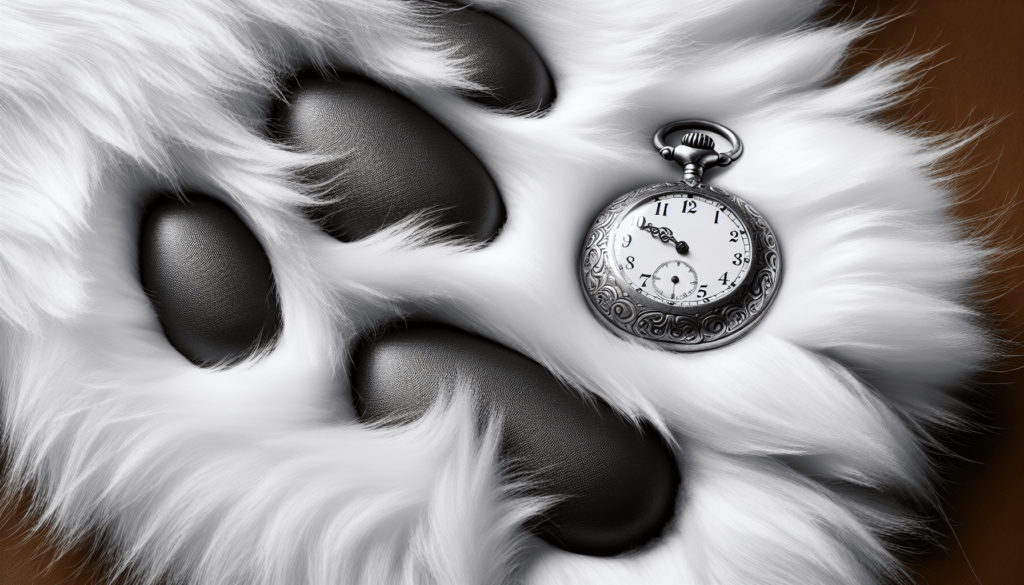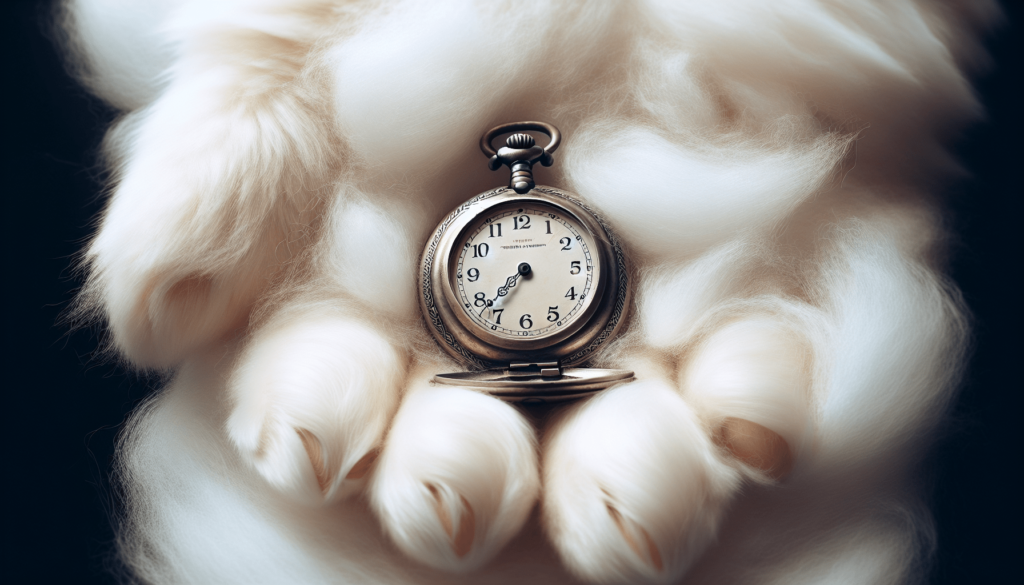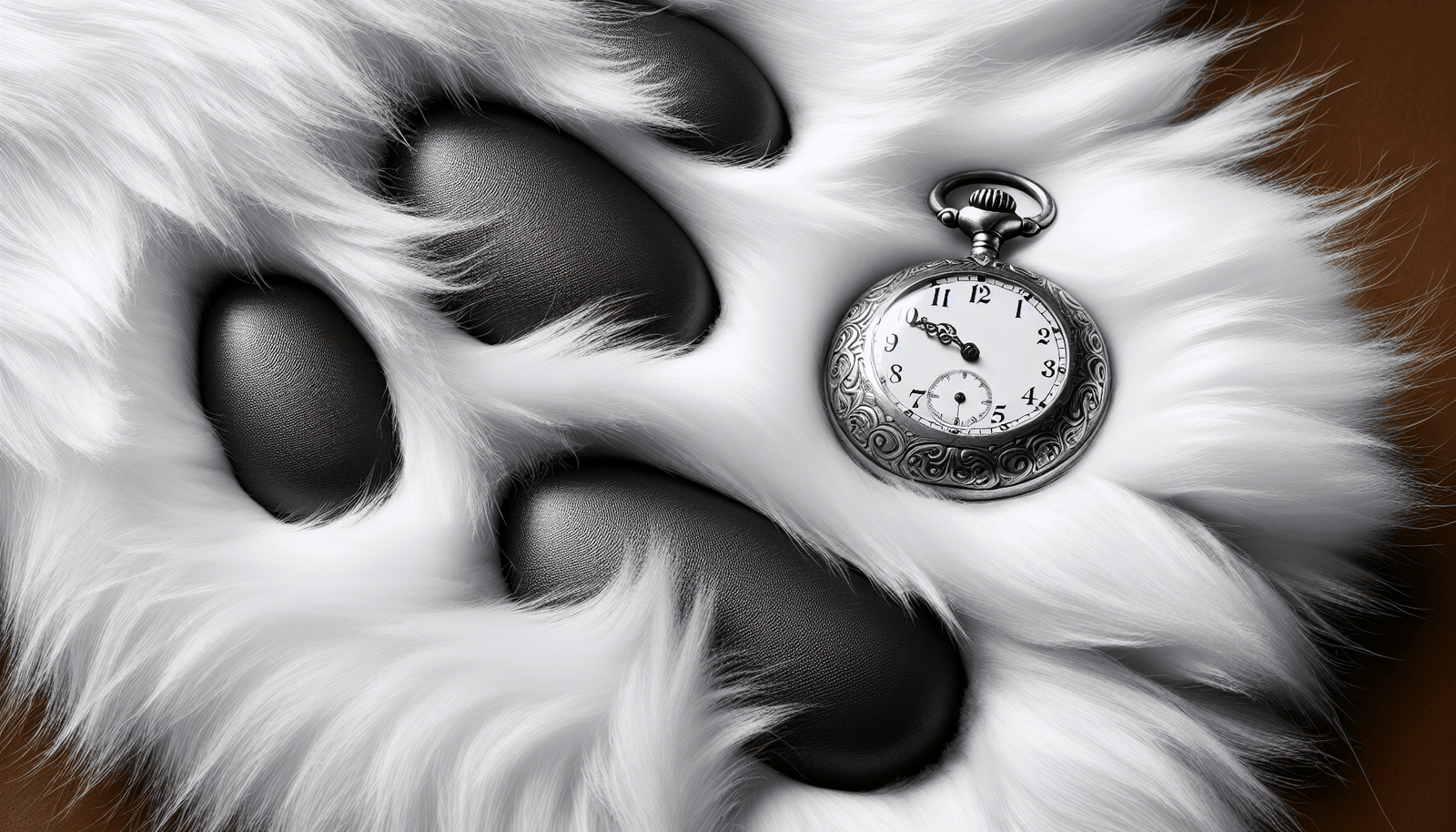Have you ever wondered about the lifespan of cats? In this article, we will explore the question “How long do cats live?” and delve into the various factors that influence their lifespan. From breed and genetics to diet and lifestyle, there are many factors that contribute to a cat’s longevity. By understanding these factors, you can ensure that your feline friend lives a long and healthy life. So, let’s uncover the secrets behind the lifespan of cats and learn how to provide them with the best care possible.
The Life Expectancy of Cats
Average lifespan of cats
Cats have an average lifespan of around 15 years. However, it is important to note that this is just an average. Some cats can live for much longer, reaching 20 years or even more, while others may sadly have shorter lives. As a cat owner, it is essential to understand the factors that can influence your cat’s lifespan and take appropriate measures to ensure they live a long and healthy life.
Factors that influence cat lifespan
Several factors can impact a cat’s lifespan. Genetics play a significant role, as certain breeds tend to live longer than others. Environmental factors, such as whether a cat is kept indoors or outdoors, also affect their lifespan. Additionally, diet, exercise, regular veterinary care, and human interaction all play critical roles in determining how long a cat will live.

Cats’ lifespan in human years
If we were to equate a cat’s lifespan to human years, it is generally accepted that one cat year is equivalent to around four human years. However, this ratio can vary depending on various factors such as breed and overall health. It’s important to remember that this is just an estimate and should not be taken as an exact conversion.
Lifespan of Indoor Cats vs. Outdoor Cats
The life expectancy of indoor cats
Indoor cats typically have a longer lifespan compared to their outdoor counterparts. This is because indoor cats are protected from many potential dangers, such as traffic accidents, predators, and exposure to infectious diseases. With a safe and controlled environment, proper nutrition, regular veterinary care, and plenty of mental stimulation, indoor cats can live well into their late teens or even early twenties.
The life expectancy of outdoor cats
Outdoor cats generally have a shorter lifespan due to the increased risks they face. Outdoor cats are more likely to encounter accidents, injuries from fights with other animals, and exposure to infectious diseases. Harsh weather conditions can also impact their health. As a result, the average lifespan of an outdoor cat is typically shorter, averaging around 5 to 7 years.
Risks and benefits of an indoor vs. outdoor lifestyle
While there are risks associated with letting a cat roam outdoors, many cat owners believe in providing their feline companions with the freedom to explore and experience the natural world. However, it’s important to consider the potential dangers and take appropriate precautions, such as providing a safe and enclosed outdoor space or harness training your cat for supervised outdoor adventures. Ultimately, the decision between an indoor or outdoor lifestyle should be based on your cat’s safety and overall well-being.

Breed and Lifespan
Which cat breeds live longest
Certain cat breeds are known to live longer than others. For example, the Siamese and Burmese breeds are generally considered long-lived, with an average lifespan of 15 to 20 years. Other long-lived cat breeds include the Russian Blue, Ragdoll, and Abyssinian. On the other hand, breeds such as the Maine Coon and Scottish Fold may also have a longer lifespan, often reaching 15 years or more.
How breed can impact the health of a cat
Breed can have a significant impact on a cat’s health and longevity. Some breeds have certain health predispositions that can affect their lifespan. For example, Persian cats are prone to respiratory issues and kidney problems, while the Bengal breed may be more susceptible to heart disease. It is crucial for cat owners to be aware of these breed-specific health concerns and work closely with their veterinarian to provide appropriate care and early detection of potential issues.
Common health problems in different cat breeds
Different cat breeds have varying susceptibilities to specific health problems. For instance, the Persian breed is prone to polycystic kidney disease and dental issues due to their flat faces. Ragdolls can be predisposed to hypertrophic cardiomyopathy, a form of heart disease. Maine Coons may have a higher risk of hip dysplasia. By understanding the breed-specific health risks, cat owners can take proactive steps to monitor for potential issues and provide appropriate care when needed.
Diet and Lifespan
How diet affects cat health and lifespan
Diet plays a vital role in the overall health and lifespan of cats. Feeding your cat a balanced and nutritious diet is essential for their well-being. Quality cat food should contain essential nutrients, vitamins, and minerals to support proper growth, development, and maintenance of their body functions. A healthy and appropriate diet can help prevent obesity, maintain a healthy weight, and reduce the risk of various health conditions, ultimately contributing to a longer lifespan.
Recommended diet for optimal cat health
A balanced diet for cats typically consists of high-quality commercial cat food that provides a complete and balanced nutritional profile. Cats are obligate carnivores, meaning they require a diet primarily based on animal protein. It is important to choose cat food that meets the specific nutritional needs of your cat’s life stage, such as kitten, adult, or senior. Consult with your veterinarian to determine the most suitable diet for your cat’s individual needs.
Impact of obesity on cats’ lifespan
Obesity is a significant concern for feline health and lifespan. Just like in humans, obesity in cats can lead to a wide range of health problems, including diabetes, heart disease, arthritis, and shortened lifespan. It is crucial to monitor your cat’s weight and body condition regularly and provide them with an appropriate diet and portion control. Offering regular exercise and engaging playtime activities can also help cats maintain a healthy weight and prevent obesity-related issues.
Impact of Neutering or Spaying on Lifespan
Benefits of spaying or neutering a cat
Spaying (for females) and neutering (for males) have numerous benefits for cats, including potential impacts on their lifespan. For female cats, spaying eliminates the risk of reproductive-related diseases such as uterine infections and mammary tumors. Male cats who are neutered are less likely to develop certain testicular and prostate diseases. Additionally, spaying or neutering can also help reduce certain behavioral problems, such as spraying and aggression.
Possible negative effects of spaying or neutering
While spaying or neutering is generally considered safe and beneficial, there can be potential risks and side effects associated with the procedure. Surgical complications, such as infection or adverse reactions to anesthesia, may occur. Hormonal changes related to the procedure can also impact a cat’s metabolism and weight. It is important to discuss the potential risks and benefits with your veterinarian and make an informed decision based on your cat’s individual needs.
How spaying or neutering influences the lifespan of cats
Spaying or neutering can indirectly affect a cat’s lifespan by reducing the risk of certain diseases and behavioral issues. By eliminating the potential health complications associated with the reproductive system, cats that have been spayed or neutered may have a better chance of living a longer and healthier life. However, it is important to remember that spaying or neutering alone is not a guarantee for a longer lifespan, and other factors such as diet, exercise, and overall care also play crucial roles.
Health Conditions and Diseases that Reduce Lifespan
Common health conditions in cats
Cats can be prone to several health conditions that can impact their lifespan. Some common health conditions in cats include dental disease, diabetes, kidney disease, hyperthyroidism, urinary tract infections, and various types of cancers. Early detection, regular veterinary check-ups, and appropriate treatment can help manage these conditions and potentially extend a cat’s lifespan.
The impact of diseases on a cat’s lifespan
Several diseases can significantly reduce a cat’s lifespan if left untreated or improperly managed. For example, chronic kidney disease, if not properly managed, can lead to organ failure and drastically shorten a cat’s life. Similarly, untreated diabetes can result in complications and a decreased lifespan. It is crucial to be vigilant about your cat’s health and seek prompt veterinary care if you notice any signs of illness or abnormalities.
Preventing and treating cat illnesses
Regular veterinary check-ups and proactive preventive care are key in preventing and managing illnesses in cats. This includes vaccinations, parasite control, dental care, and regular health screenings. Additionally, cat owners should be observant of any changes in their cat’s behavior, appetite, or litter box habits, as these can be potential indicators of underlying health issues. By promptly addressing health concerns and adhering to your veterinarian’s recommendations, you can help prevent and treat illnesses effectively, thus improving your cat’s quality of life and potentially increasing their lifespan.
Human Influences on Cat Lifespan
How regular veterinary care affects lifespan
Regular veterinary care is essential for preserving your cat’s health and potentially increasing their lifespan. Veterinarians can detect early signs of illness, provide vaccinations, perform routine health screenings, and offer guidance on preventive care measures. Regular check-ups enable proactive management of health conditions and ensure that any emerging issues are addressed promptly, leading to a longer and healthier life for your cat.
Impact of human interaction on cat’s lifespan
Human interaction plays a crucial role in a cat’s overall well-being and quality of life. Cats are social creatures and require mental stimulation, affection, and playtime with their human companions. Positive human interaction can reduce stress, promote emotional well-being, and help prevent behavioral issues. A loving and nurturing environment, filled with human interaction and attention, can significantly contribute to a cat’s happiness and potentially extend their lifespan.
Human lifestyle choices that could harm a cat
While our intentions may be good, certain lifestyle choices can inadvertently harm our feline friends. Smoking indoors, for example, exposes cats to second-hand smoke, which can lead to respiratory problems and even cancer. Unsafe and toxic household substances, such as certain plants, cleaning products, and medications, should be kept out of reach to prevent accidental poisonings. It is essential for cat owners to create a safe and cat-friendly environment by being aware of potential hazards and taking appropriate precautions.
Life Stages in Cats
Understanding the stages of a cat’s life
A cat’s life can be divided into different stages, each characterized by specific physical and behavioral changes. The life stages of a cat generally include kittenhood (birth to six months), junior (seven months to two years), adult (three to six years), mature (seven to ten years), and senior (11 years and older). Understanding these life stages can help cat owners provide appropriate care and adapt to their evolving needs as they age.
How to care for a cat in each life stage
Each life stage comes with its own set of care requirements. Kittens, for example, require frequent feeding, socialization, and gentle handling. Adults need a consistent diet, regular exercise, and preventative healthcare. Senior cats may require specialized diets, extra attention to dental health, and regular veterinary check-ups. Ensuring that your cat’s needs are met throughout their life stages will promote their health, happiness, and potentially extend their lifespan.
Changes in cat behavior at different life stages
As cats progress through different life stages, it is common for their behavior to change. Kittens are typically more energetic and curious, while adult cats may become more independent. Senior cats may exhibit signs of age-related cognitive decline or reduced mobility. By understanding these behavioral changes, cat owners can adapt to their cat’s evolving needs, provide appropriate enrichment, and ensure a comfortable and supportive environment as they age.
Optimizing a Cat’s Lifespan
Steps for increasing cat longevity
While genetics play a significant role in a cat’s lifespan, there are several steps cat owners can take to optimize their cat’s longevity. Providing a balanced and nutritious diet, regular veterinary care, and a safe indoor environment are essential. Regular exercise, mental stimulation, and maintaining a healthy weight can also contribute to a longer lifespan. It is crucial to be proactive in monitoring your cat’s health, addressing any issues promptly, and ensuring they receive the care and attention they need to thrive.
Importance of exercise in a cat’s life
Regular exercise is not only important for a cat’s physical health but also for their mental well-being. Playtime and exercise allow cats to release energy, maintain a healthy weight, and prevent obesity-related health issues. Additionally, exercise stimulates their natural hunting instincts, providing mental stimulation and reducing stress. Engaging in interactive play sessions with your cat, using toys or laser pointers, can help keep them active, happy, and potentially extend their lifespan.
Providing mental stimulation for a long and happy cat life
Keeping your cat mentally stimulated is vital for their overall well-being and quality of life. Cats are intelligent and curious animals that thrive when provided with opportunities for mental engagement. Enrichment activities, such as puzzle toys, interactive feeders, and vertical spaces for climbing, can help satisfy their natural instincts and prevent boredom. Regular play sessions and bonding activities with your cat also promote mental stimulation and a strong human-animal bond, contributing to a long and fulfilling life.
Myths About Cat Lifespan
Debunking myths about cat lifespan
There are many myths and misconceptions surrounding the lifespan of cats. One common myth is that cats always have nine lives, which, of course, is not true. Cats are prone to accidents and illnesses just like any other living creature. It is essential to separate facts from fiction and rely on accurate and reliable information to ensure the best care for your feline companion.
Common misconceptions about cat ages
Another prevalent misconception is that one cat year is equivalent to seven human years. As mentioned earlier, the ratio is closer to one cat year being equivalent to four human years. It is important to understand that cats age differently than humans and have their unique aging process. By understanding their lifespan and life stages, cat owners can properly care for their cats at all ages.
Fact versus fiction in cat aging
Separating fact from fiction is crucial when it comes to cat aging. While cats can live for many years, it is essential to remember that individual lifespans can vary. The health and lifestyle choices made by cat owners significantly impact a cat’s lifespan. By providing appropriate care, nutrition, regular veterinary visits, and a loving environment, cat owners can help their feline companions live long and healthy lives, debunking any fiction surrounding cat aging.
In conclusion, understanding the factors that influence a cat’s lifespan is crucial for providing the best care and ensuring a long and happy life for our feline friends. From genetics and diet to lifestyle choices and regular veterinary care, there are many ways we can positively impact their lifespan. By implementing the information and recommendations discussed in this article, you can optimize your cat’s longevity and create cherished memories together throughout their precious lives.

